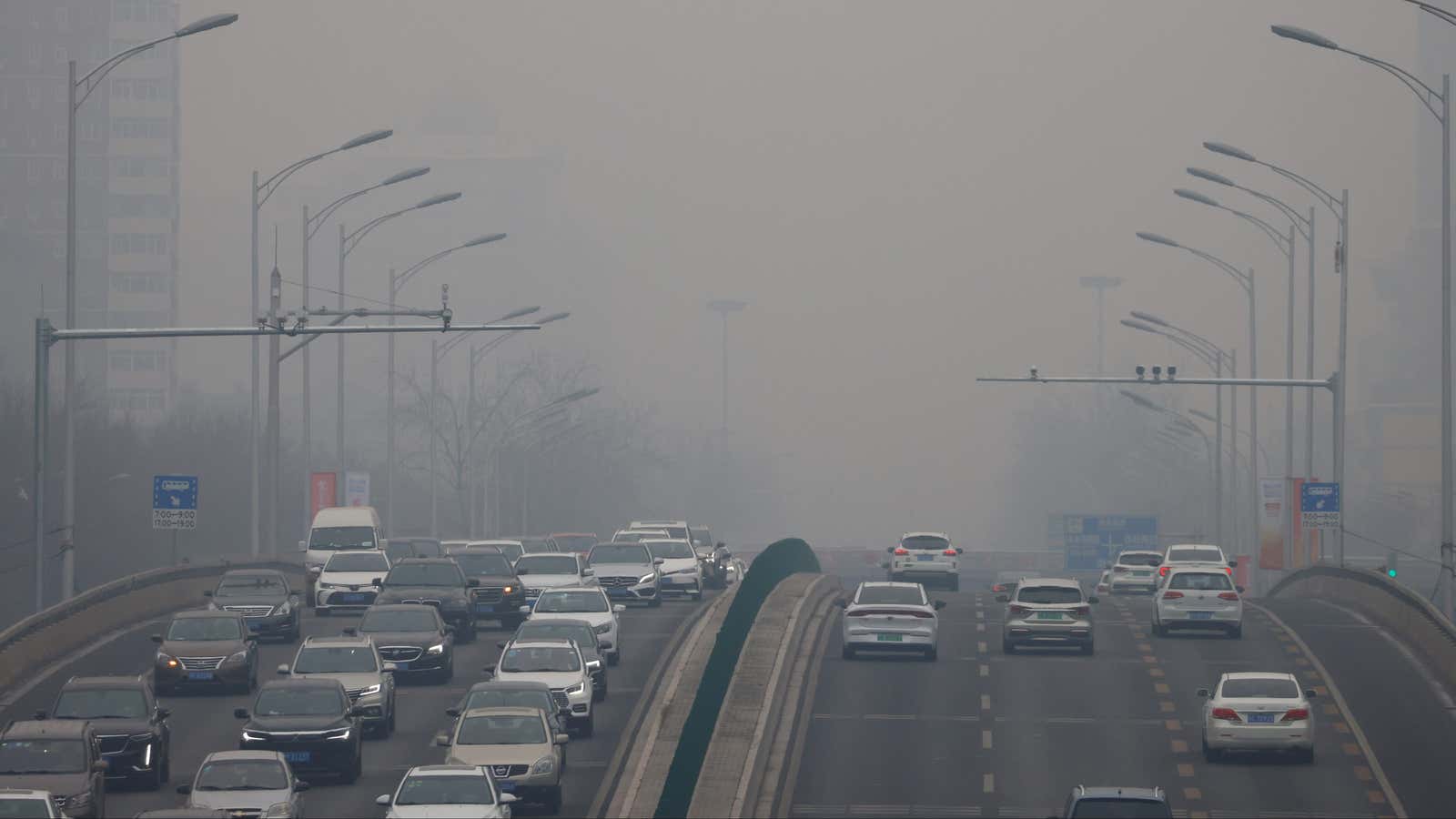Just a few cities are responsible for the majority of urban carbon emissions. That’s according to a new study that evaluated the greenhouse gas emissions for 167 cities around the world and found over half of emissions from the entire group came from just 25 cities, mostly in China.
For each city, researchers tallied inventories of carbon emissions from various sources including transportation, energy use, and industry. The concentration of emissions were from cities in China, driven by its industrial sector. Some of the largest overall emitters were places like Dalian, a logistics hub, and Handan, a longtime producer of steel. As a whole, the massive emissions output of these Chinese cities can be traced to the country’s rapid urbanization and reliance on coal energy, researchers said.
On a per-person basis however, the places with the highest emissions were mostly in richer economies in North America and Europe. Among this group, transportation, and residential energy consumption made up a much higher portion of emissions.
The study, published in Frontiers Sustainable Cities, notes that cities in these developed nations have influenced the emissions levels of developing cities by outsourcing carbon-intensive industry to places like China.
Evaluating emissions targets
Understanding a city’s greenhouse gas emissions is crucial to reducing those emissions. The study found that on the whole, cities in developed countries are attempting to slash emissions by a fixed percentage by a certain date. These absolute goals, like the EU’s recent declaration that it would cut emissions 55% by 2030, are easy to track progress on, but may require drastic changes to energy use and consumption patterns.
Intensity targets, which account for carbon emissions relative to economic output, are more accommodating to cities experiencing rapid growth, and have been more widely adopted by poorer countries. China has set an absolute goal of producing zero net emissions nationally by 2060. As an interim measure, its new carbon trading market uses relative allowances based on historical measures to set how much carbon emitters are allowed per year.
While much of climate policy is set at national and regional levels, the individual climate plans of cities will remain essential to reducing emissions globally. Cities contain the majority of the world’s population.
